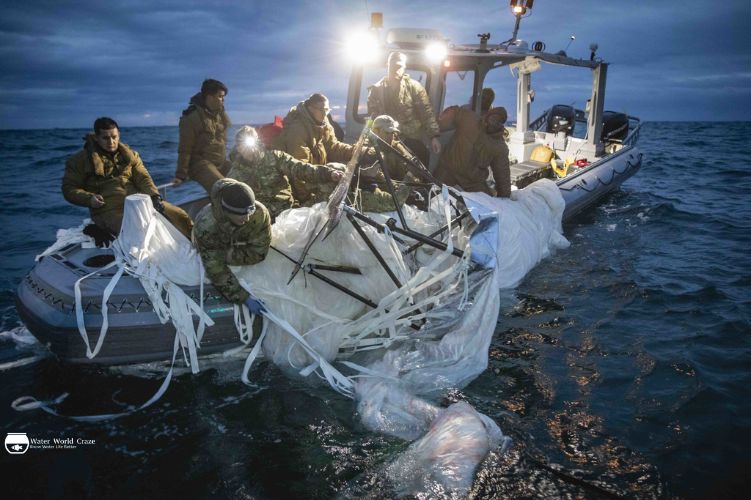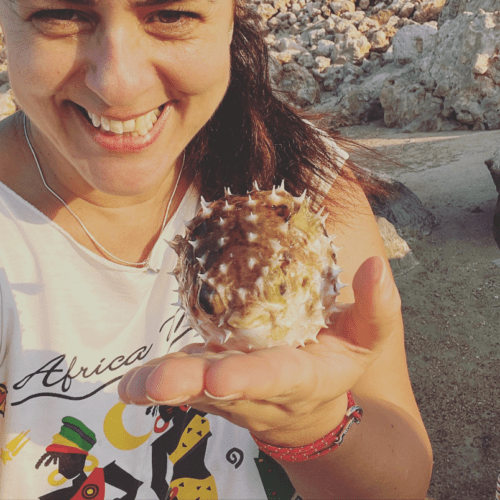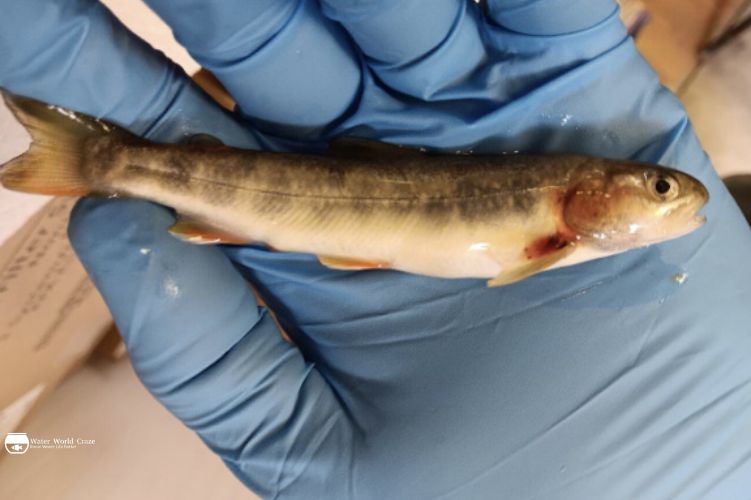As an environmental scientist with over 7 years of experience studying aquatic ecosystems in remote regions, news of dozens of dead salmon found near the Pebble Mine site in Alaska quickly caught my attention. Read below about “Alaskan Fish Mystery- Dozens Dead Near Mine, But No Answers Yet”.
During my fieldwork tracking salmon populations in British Columbia, I have seen firsthand how mining operations can impact surrounding watersheds. Acid mine drainage, heavy metal contamination, sedimentation – mines introduce multiple stressors that can prove toxic even in low doses.
Table of Contents
Alaskan Fish Mystery- Dozens Dead Near Mine, But No Answers Yet
So when I heard that state biologists found at least 65 dead salmon this week near the controversial Pebble Mine, I immediately wondered if drainage from the active exploration site was to blame. Authorities still don’t know the cause of the die-off, but mining pollution remains a prime suspect.
My Experience Studying Mine Impacts on Salmon
Back in 2016, I spent three months camped along the Taku River sampling for heavy metals and measuring pH levels downstream of an underground zinc mine. That remote mine was my first exposure to the far-reaching effects mines can have on fish and aquatic life.
What struck me most was discovering elevated copper levels in salmon smolts over 60 miles downstream of the actual mine site. The metals bioaccumulated up the food chain until salmon carried a body burden that impaired their development, growth and disease resistance.
I realized then that mines don’t have to actively dump waste into rivers to damage wild salmon runs. Acid drainage, metal leaching and erosion of waste rock can pollute large watersheds in subtle but dangerous ways.
So when I see dozens of salmon dying prematurely near the Pebble Mine, I can’t help but be concerned that similar processes are at play.
The Pebble Mine: A Controversial Project
The Pebble Mine has been controversial since its inception over a decade ago. The proposed open-pit copper and gold mine would sit at the headwaters of the Kvichak and Nushagak Rivers, tributaries that feed the abundantly productive Bristol Bay.
Conservation groups, commercial fishermen and indigenous communities have vigorously opposed Pebble Mine due to risks it poses to the bay’s $1.5 billion salmon fishery. Bristol Bay produces nearly half of the world’s sockeye salmon. Any impacts to this watershed would ripple through the North Pacific.
I’ve been following the Pebble project with great interest as baseline water quality sampling and environmental impact assessments got underway. Owners have changed through the years, but efforts to develop the mine continue despite backlash.

As a scientist, I don’t outright oppose resource extraction and recognize the economic benefits mines can bring. However, we cannot ignore very real risks certain mines pose to irreplaceable wild salmon runs.
Mines operating in watersheds feeding productive salmon rivers require an extra level of diligence and oversight. We must proceed cautiously based on science – not politics, profits or promises.
That’s why the unexplained salmon die-off has me so concerned.
Mystery Surrounds Salmon Die-Off
Alaska state biologists first notified Pebble Mine owners Northern Dynasty Minerals about dead salmon found near the project site on July 26. At least 65 large adult salmon were found dead over a two-week period – an unusual occurrence so early in the season.
State scientists ruled out warm temperatures, low oxygen and parasites as factors. They also shared that no other die-offs were reported in nearby rivers. Pebble Mine owners emphasized the deaths occurred upstream of project operations.
After ramping up water quality testing, the Alaska Department of Natural Resources found no evidence tying mining activity to the deaths. Pebble’s owners suggested the salmon may have been involved in a mass spawning event that depleted their energy reserves.
While we lack a definitive cause of death, the fact that dozens of salmon died inexplicably near an active mine raises some red flags for me given my experience.
In my work, I’ve seen how subtle pollution sources far from salmon spawning grounds can impact adults on their upstream migration. I’ve also studied how certain metals and toxins can accumulate in salmon tissues without triggering an immediate die-off.
I’ll be looking closely at what state scientists uncover. I sincerely hope Pebble Mine operations are ruled out as a factor. But we must take these deaths seriously, especially with the stakes so high.
Recommendations Moving Forward
This die-off highlights why extensive baseline water quality sampling prior to the activation of mines like Pebble is so critical. Detecting even slight changes requires reliable historical data on seasonal fluctuations, nutrient cycles and typical metal concentrations.
State scientists are working hard to determine the cause. But the Pebble project underscores the need for proactive, standardized monitoring programs before, during and after mines operate near major salmon watersheds.
I recommend bi-weekly testing for heavy metals like copper, arsenic and zinc using established EPA protocols for at least three years pre-operation. Many toxins can bioaccumulate over time, so data must capture seasonal and annual variations.
Conclusion
Conducting comprehensive aquatic insect and algae surveys can also indicate rising pollution levels before fish deaths occur. On-site processing and waste containment protocols should be reviewed by independent experts.
Additionally, tissue samples from returning salmon should be tested for certain chemical exposure before and during mining. Comparing annual heavy metal burdens and disease rates can reveal problems.
As a scientist who has seen mines damage salmon firsthand, I take the deaths around Pebble Mine very seriously. While the cause remains uncertain, let this be a wake-up call to strengthen safeguards and monitoring for mines near critical salmon habitat. We must let science and caution guide such projects – not politics. The country’s most productive salmon fishery depends on it. I hope you like reading “Alaskan Fish Mystery- Dozens Dead Near Mine But No Answers Yet”.

Marta, the driving force behind WaterWorldCraze.com, holds a Master’s degree in Marine Biology and has extensive experience in water sports and activities. With over 7+ years of hands-on experience in marine research and conservation, she has participated in numerous underwater expeditions and projects. Her passion for the aquatic world shines through in her expertly curated content. Join Marta as she explores the wonders of marine life and shares her adventures. Connect with her on Instagram @marinebiologymarta for more insights and updates.

